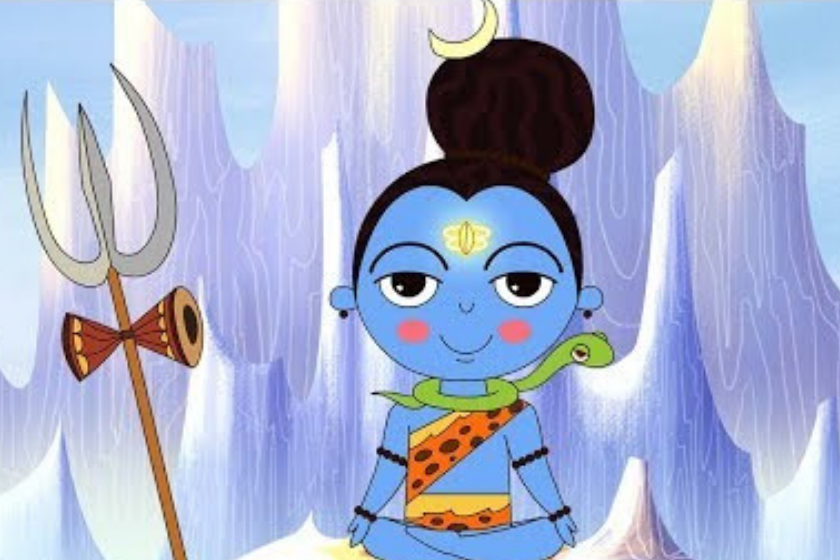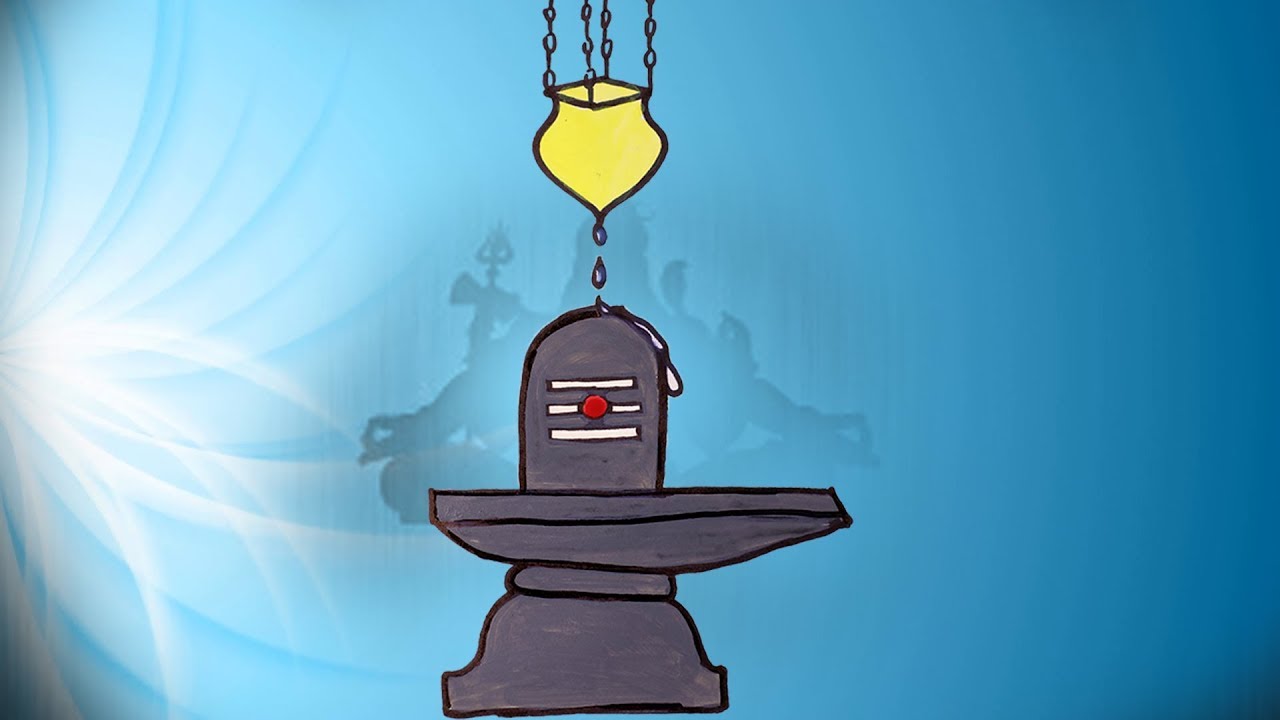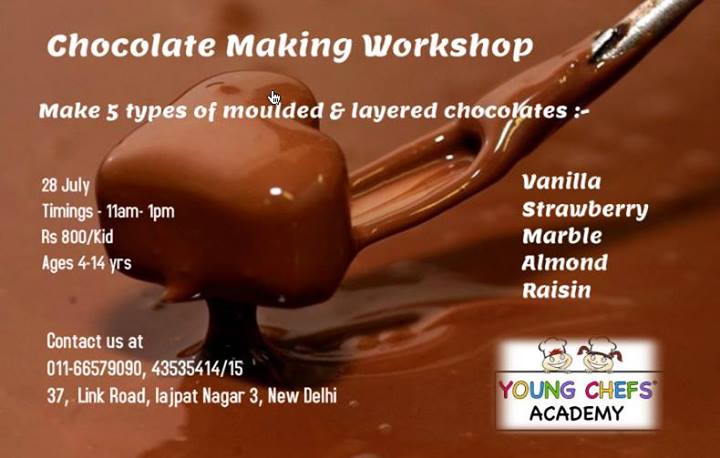We, Indians, celebrate every festival, be it small or big, with great fervour and joy. While I want my little one to experience the same enthusiasm, answering all her curious little questions, is quite a daunting task.
Like today morning she asked, “Why is tomorrow a school holiday? Is it Lord Shiva’s birthday?”
I realized, not only is it my responsibility but also a quest to pass on our culture and traditions down to the next generation, in the simplest and easiest way, that not only the remember it but also celebrate and enjoy the festival.
We also have an exclusive course on Kidsstoppress by Shubh Vilas Prabhuji on the relevance of Ramayana in today’s times. Click here to access it now!
When is Mahashivratri ?
Mahashivratri or “The Great Night of Shiva” is a widely celebrated festival of Lord Shiva. It is celebrated on every 14th day of every lunar month and is also known as the day before each the new moon. It falls in the months of February or March each year. This year Mahashivratri is on 1st March 2022.
Why do we celebrate Mahashivratri and stay up all night dancing and singing religious songs?
The story is very simple. The Gods and the Demons had decided to churn the ocean to get a sweet drink called Amrita. Whoever drank this liquid would never die and be blessed till eternity. This was known as the Samudra Manthan.
However, while churning the ocean, many other things also emerged from the sea. Among them was Halahala or the Pot of Poison. Now, the Gods and the Demons both got extremely terrified. They knew the poison was so toxic that it could wipe out everything in the entire universe. So, on the advice of Lord Vishnu, the Gods ran to Lord Shiva for pleading for help and protection.

Lord Shiva drank the poison himself to protect all living beings. However, Parvati, his wife, did not want the poison to enter his body. She wanted him to spit it out. So she immediately tied a snake around his neck. This prevented the poison from reaching his stomach.
However, the Gods did not want Lord Shiva to spit out the poison. So they began to sing songs and dance in his praise. They kept doing that all night long and with bated breath kept wondering how Lord Shiva would save the world without annoying his wife. Finally at dawn, pleased with their love and devotion, Lord Shiva locked the poison in his throat for eternity. The poison was so powerful that it changed the colour of Lord Shiva’s neck to blue. This is the reason why he is also known as “Neelakantha” (the blue-necked one) where “neela” means blue and “kantha” means neck.
Mahashivratri is a celebration of how Lord Shiva saved the world and his generosity. Since then, on this day devotees fast, keep vigil, sing songs praising Lord Shiva and meditate all night long.
Why do we worship the Shivling with milk?

Yes, many argue about the amount of milk wasted during Mahashivratri and I too support that argument. But I would also like my little one to know why this tradition started.
Some say that pouring milk on the Shivling is done to please and calm the hot-tempered God, who gets angry very easily since milk is said to have a cooling effect. However, our traditions and rituals often have a deeper scientific reason too. During the olden times, people believed that milk turns toxic during the onset of monsoons. In fact, Ayurveda, advises to completely stop dairy consumption in the monsoon as it is the time when the rheumatic diseases are at their peak. Also, during the monsoon, the cows and buffaloes eat lots of insects and bacteria in the grass. It was believed that the milk supplied at that time is not fit for consumption.
So people believed that by offering this toxic milk on the Shivling, they are saving themselves as Lord Shiva can drink even the most poisonous milk to save mankind.
The custom is now followed by many even during the other months.
Why do we offer the three-form bel leaf to Lord Shiva?
The “bel leaf” is a leaf in a triple or trifoliate form. The tree is also called wood apple tree. The leaves are important as their trifoliate form represent Lord Shiva’s three eyes as well as the three spokes of his trishul.
On Mahashivrati, this leaf is offered to Lord Shiva. The story goes that there was a poor tribal man and a devotee of Lord Shiva called Lubdhaka. Once he went to the forest to collect firewood. As it became dark, Lubdhaka lost his way and could not reach home. Soon deep growls of wild animals could be heard in the forest. Lubdhaka was terrified and scurried up a nearby tree to seek safety and shelter. The tree was a bel tree.
He spent the night there, perched on a branch, out of the reach of the wild animals. To keep himself awake, he kept plucking and dropping the leaves of the bel tree while chanting Lord Shiva’s name.
The next morning, when he climbed down, Lubdhaka realized he had dropped thousands of leaves on to a Shiva Lingam, which he had not seen in the darkness.
Lubdhaka’s all-night worship pleased Lord Shiva who not only saved him from the wild animals but also blessed him with divine bliss. From that day onwards, devotees offer bel leaf all night long on Mahashivratri.
We hope the kids enjoy the story. If you want to tell your kids about festivals in a simple way, write in and tell us which ones you want to be simplified.




















